New Zealand’s weather varies dramatically from one place to another. Places like Fiordland and Westland national parks get absolutely hammered by turbulent weather systems week after week, whereby they record precipitation in metres rather than millilitres. On the other hand, locations like the Canterbury Plains and the Central Otago High Country can be bone dry throughout the warmer months due to the ripping northwest winds, variable humidity and high temperatures.
Furthermore, the Southern Alps, more commonly referred to as the ‘Main Divide’ by Kiwi hunters, is the gateway between weather systems. Often, bad weather can be found on one side of the divide, depending on the direction of the prevailing wind, while a mere ten kilometres away, you can be back into sunny skies! Any westerly flow will accumulate high quantities of moisture from the Tasman Sea and dump it on the west side of the Main Divide, whereas any easterly wind currents will collect moisture from the Pacific Ocean and make it rain on the east coast. The volcanoes present in the North Island are also a real magnet for producing inconsistent and unfavourable weather patterns.
Another reason why New Zealand’s weather systems are highly unpredictable, everchanging and extremely unforgiving is due to the fact we’re situated on a latitude of 40.9° S, which is commonly known as the Roaring Forties. The Roaring Forties are synonymous with strong and frequent westerly wind currents, hence why most main cities in the South Island are situated on the east coast. It’s safe to say, if you’re intending to hunt New Zealand’s backcountry, you must be prepared to face all types and levels of weather. If you’re hunting anywhere on the west coast of New Zealand, pack some wet-weather gear, because there’s a high chance you’ll soak up plenty of water on your mountain sojourn!
In context and for the purposes of this review, I’ll be looking at a new series of merino-wool-centred base-layer garments designed by Swazi for use in all climates and conditions. Specifically, I’ll be looking at their new performance socks, the Ibex and Ranger, as well as two merino base layers, the Totem Men’s Short Sleeve and Hoodoo Men’s Long Sleeve, to see how well they perform while backpack hunting in the Southern Alps.
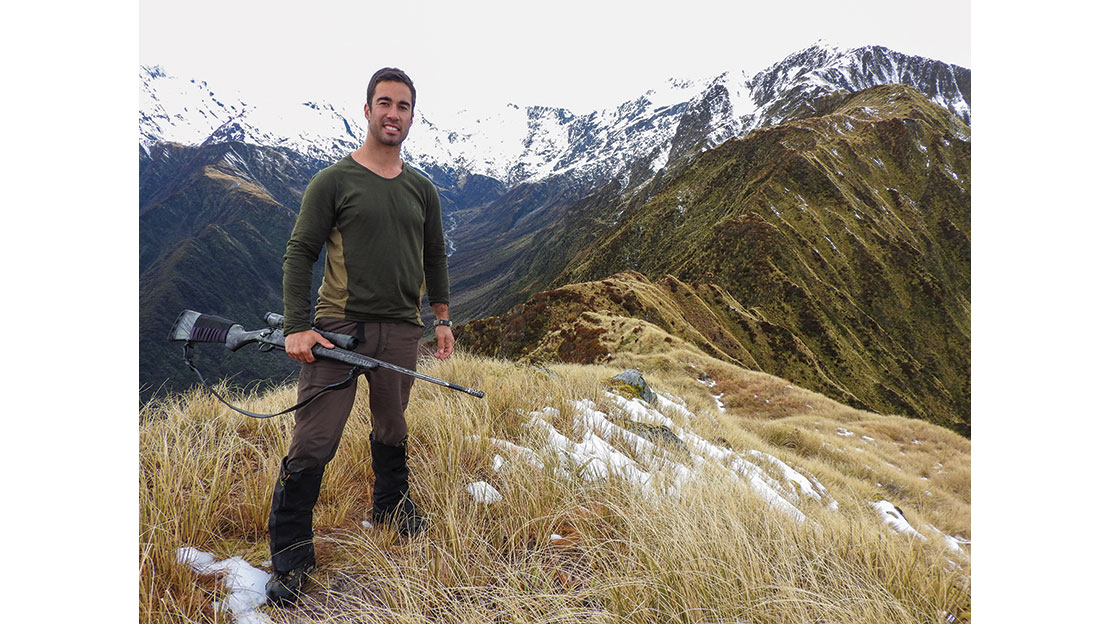
Nuyarn® Technology Overview
Swazi has recently designed several merino wool-based garments utilising modern technology that significantly enhances the performance and useability of merino wool. Seeing as this technology is the essential feature of these garments, it’s worth explaining exactly what it is and what it accomplishes. Known as Nuyarn® (the world’s first performance wool), it’s claimed their spinning technology “releases the natural performance characteristics of wool fibre twisted out by traditional spinning methods”.
Similar to processing foods, where nutrients are lost through milling, heating and fluid removal, wool, when processed, doesn’t typically have the same natural characteristics as it did when worn by a fluffy merino ewe in the high country. Hence, some would argue the full benefits of wool have never been captured due to how wool is processed.
Furthermore, Nuyarn® states, “Traditional spinning twists the life out of wool by compressing natural air pockets, introducing tension, creating loops and restricting the natural movement of the fibres – essentially creating a rope-like structure that can be itchy next to the skin”. Nuyarn® performance merino wool doesn’t twist the fibres; rather, it drafts wool fibres along a high-performance filament which results in two-ply yarns that possess more aeration (ability to circulate air) and volume, in forth, achieving greater performance gains overall.
Performance Benefits
From usage in the field over the past month, I was able to really appreciate and recognise the performance benefits of Swazi’s new range. Any product or technology can sell the dream, so to speak, but in reality, only testing the product in its intended use will prove their claim – does it do what it says? The first main selling point is Nuyarn® wool’s ability to recycle moisture ingress and in forth produce faster drying times – up to five times faster than conventional merino wool.
Wicking of water vapour and droplets has always been a strong characteristic of merino wool due to the increased aeration, and with Nuyarn® technology, it takes these properties to another level. On the durability front, Nuyarn® wool produces 35% more elasticity, 50% increase in tensile strength and 120% stronger seams than conventional ring-spun merino wool. As a result, this performance wool combines several durability factors to enable a garment life span of around 3.3 times greater than conventional merino wool. With greater volume and aeration (around 35% more), we see an increase in loft properties (level of insulation) which carries over into 35% gains achieved in thermal retention and 53% less air permeability (increase in windproofing ability). Overall, there’s no denying one can and will appreciate these performance gains while pitting themselves against the wrath of Mother Nature!
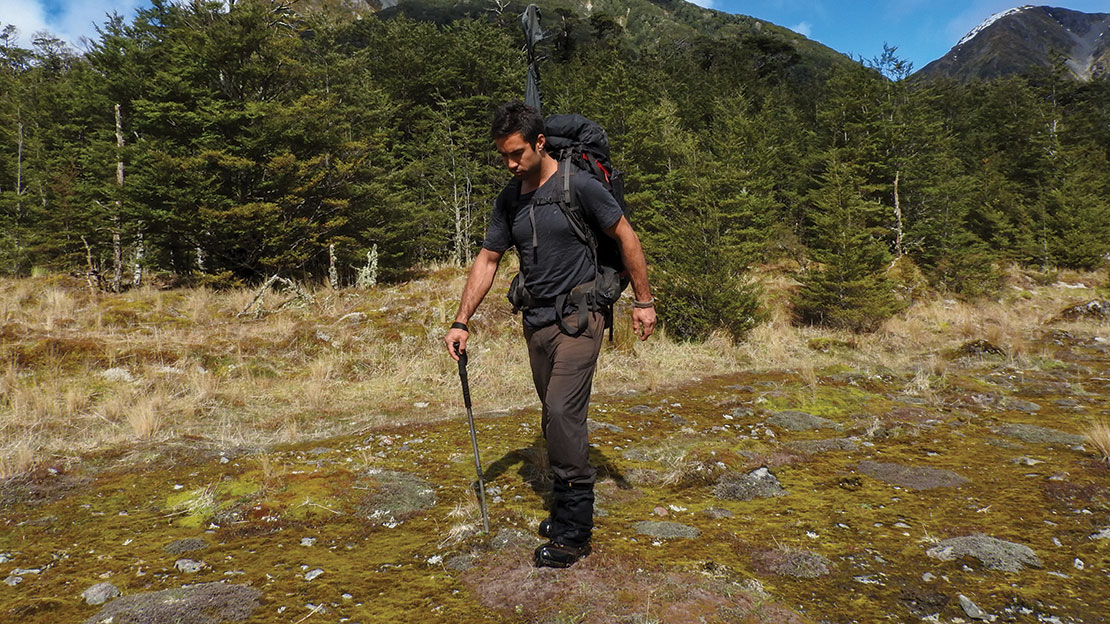
Swazi Ibex and Ranger Socks
When hunting and fishing in New Zealand, it’s an uncommon scenario to have completely dry feet – unless you’re like Jesus and can walk on water, you’ll have moisture-ridden feet of some sort during a backcountry mission.
In summer, hunting on the tussock tops can be brutal, with high temperatures, variable humidity and strong anabatic winds; all of these affect one’s level of perspiration and thermoregulation. On the other hand, any mission involving multiple creek/river crossings, travelling through dew-covered vegetation and ploughing through knee-deep snow will eventually lead to moisture ingress, no matter how good your boots and gaiters are. Personally, 99% of my missions start with wet socks and boots; often my mentality on the matter is, “Just get them wet straight away, so it’s over and done with!”
From experience, the main characteristics you want in a sock are high thermal properties when wet and moisture-wicking ability (high aeration). Some would argue a sock should first and foremost protect against blisters; however, the key to preventing blisters is reducing internal movement between surfaces (decreasing friction). That’s why a well-fitted and worn-in boot, in combination with correct sock size made from quality materials that minimise internal movement/friction, will prevent blisters from ever occurring.
Swazi’s Ibex and Ranger socks have an excellent blend of materials that actively solve this conundrum of foot health while putting in the hard yards. Both socks have a fairly similar material composition of around 56% Nuyarn® merino, 13% nylon, 17% lycra and 16% spandex. Application differences are in relation to environmental use; hence, the Ibex is a full-length sock intended for cold-weather climates, whereas the Ranger socks are lighter, mid-calf and designed for spring/summer missions.
A great feature of these socks is the elastic support knitted throughout the sock, which results in a firmer fit and significantly reduces the chance of internal movement between the sock and foot. Swazi also integrated extra cushioning and padding into both socks by using a U-shaped Paladin Protection Pad (in the toe region), and extra comfort is included in the Ibex socks. Further creature comforts are seen for the shin and sole of the foot via cushioned soles (Comfort Zone) and shin protection pads, which are great for protecting against skin abrasions – helpful for when you’re wearing shorts with or without gaiters.
Finally, the most outstanding features of both these socks comes from the Nuyarn® wool; this produces unbelievable thermal retention, even when wet, and has outstanding moisture-wicking abilities. A good experiment, if you want to check this out for yourself, is to soak either the Ibex or Ranger socks in water, then hang vertically on the clothesline and watch and feel how all the water drains to the bottom. After hanging for 15-20 minutes, most of the water will be in the toe region and this makes wringing the water out a relatively easy proposition. The result is significantly drier socks in just 20-odd minutes and no need to suffer wet, soggy socks again!
In conclusion, the Ibex and Ranger socks, which have RRPs of $44.99 and $39.99 respectively, are outstanding value for money and truly live up to the standards set by Swazi as a performance hunting apparel brand – two massive thumbs up from me!
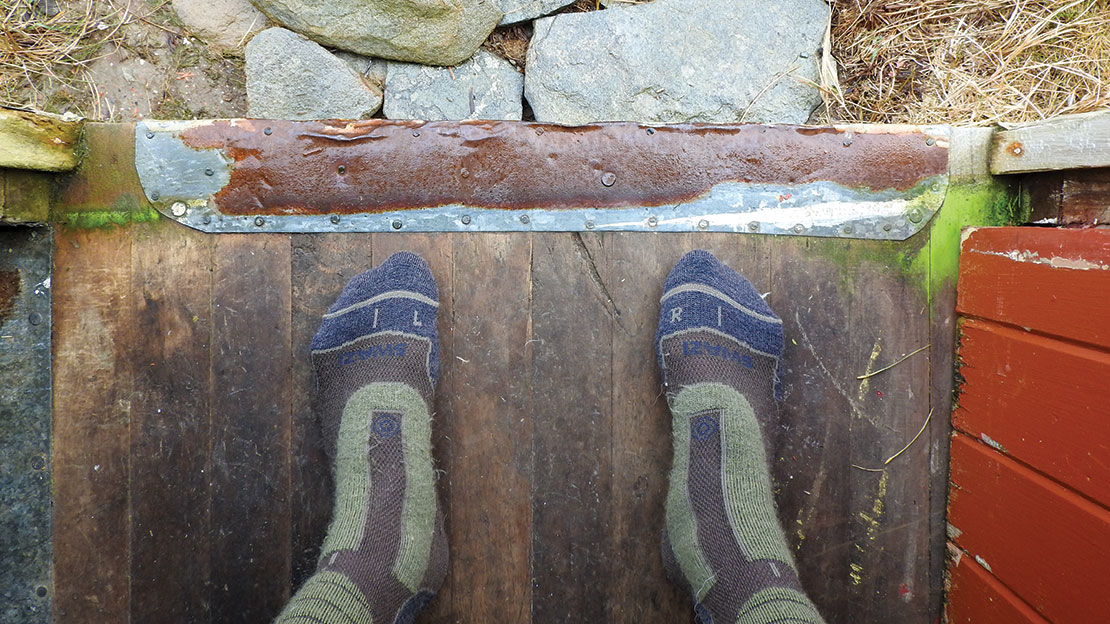
Swazi Base Layers: Totem Men’s Short-Sleeve and Hoodoo Long-Sleeve Merino
Putting in the hard yards at any time requires fuel in the tank, a bit of grit and adequate stores of gravy. Two main ways our bodies produce heat are through friction (sliding filament theory) and metabolism of foods.
So, if you’re slogging it up a hill or charging along the flats, you’ll be creating internal heat.
The first and most effective action our bodies initiate when producing heat is to apply cooling via the release of fluids onto the skin (sweat). After which, the sweat in combination with air flow allows for evaporative cooling of the skin and in forth keeps our core temperature at around 37°C. Hyperthermia (too hot) and hypothermia (too cold) occur when we see our core body temperature change beyond 2°C.
To optimise thermoregulation for performance in the hills, the base layer you choose to wear has a highly influential effect on how you regulate heat build-up and moisture ingress (sweat and precipitation).
When designing their new merino base layers, the Totem Short Sleeve and Hoodoo Long Sleeve garments, Swazi had performance and optimal thermoregulation at the forefront of their minds. As mentioned previously, Nuyarn® merino wool has excellent breathability, thermal retention and moisture-wicking ability, so having both garments made of 85% Nuyarn® wool and 15% nylon delivers all these properties. In addition, Swazi included eyelet knitted side panels to further maximise the breathability of both garments.
The flatlock seams are another beneficial feature, reducing skin irritation, especially when wet, as seams can become highly abrasive when moisture-ridden. Furthermore, the Totem and Hoodoo base layers have an excellent ultraviolet protection factor (UPF) of 40+, a highly practical component to have in a garment considering how harsh the New Zealand sun is.
Similar to the Ibex and Ranger socks, the base layers perform exceptionally well in cold and wet climates. On several West Coast tops missions, where some vertical metres were put on the odometer, I was blown away at how quickly both garments dried while I was resting up in backcountry huts. After wringing them out, I’d wear them on the outside of several layers of insulation, and in no time, they’d be as dry as a bone.
Lastly, the Totem Short Sleeve retails for $99.99 and the Hoodoo Long Sleeve will set you back $139.99. Considering how much more comfortable, durable and functional these garments are, I’d say they’re worth the price tag, especially when you’re after performance!
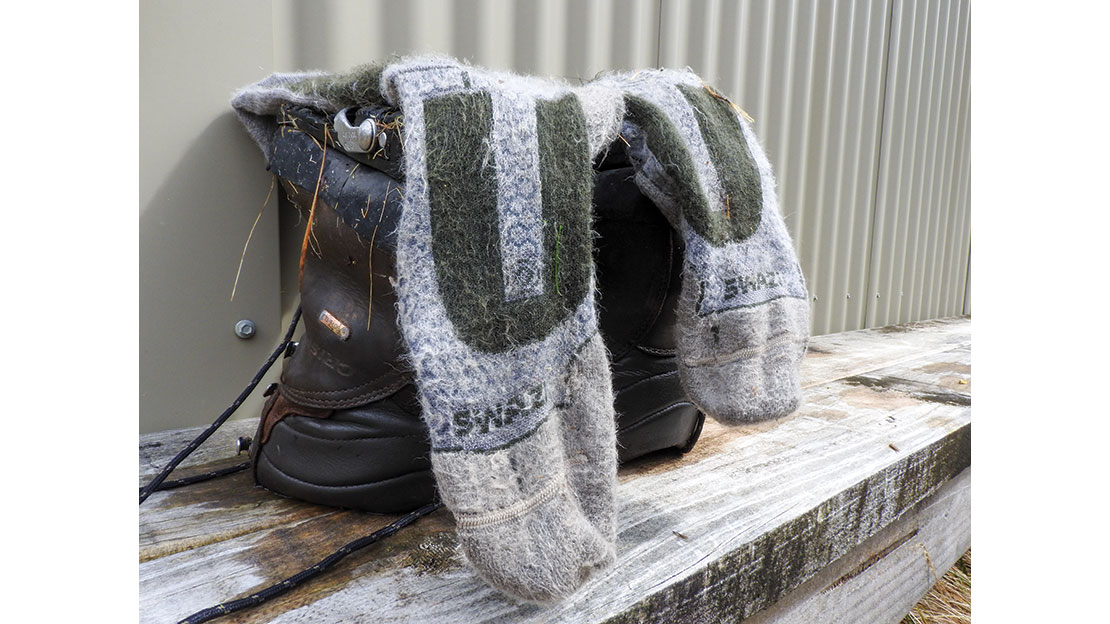
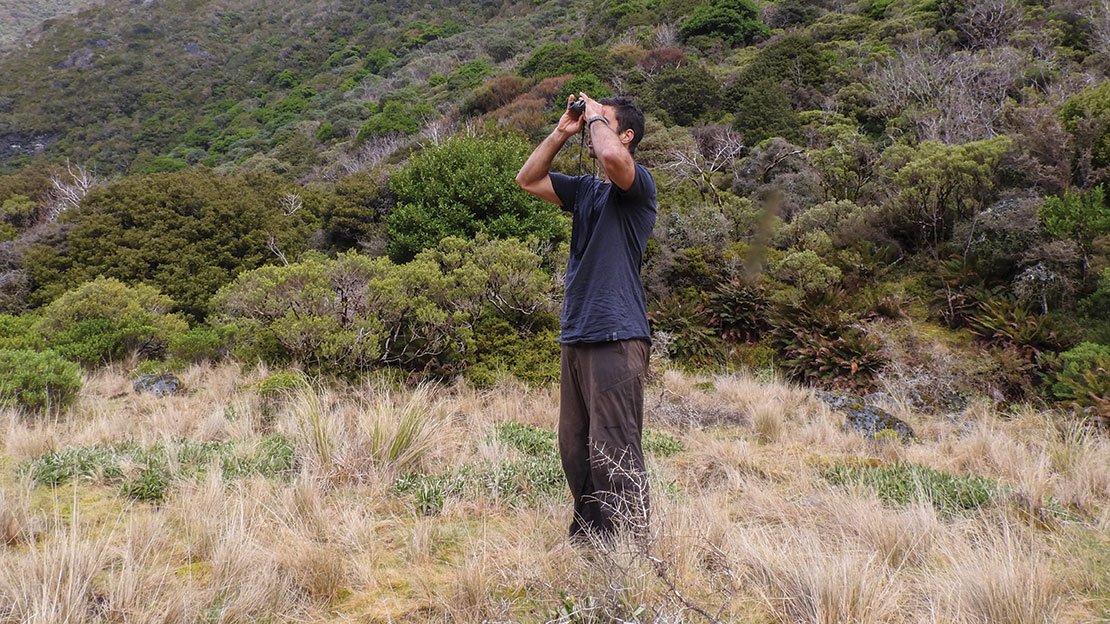
Conclusion
If you’re slightly hesitant about investing in these garments and their technology, I highly recommend you try the Ibex or Ranger socks first; test them on a multi-day backcountry fishing or hunting trip and see how well they dry in the absence of a warm fireplace. Positive validation from seeing how well they wick moisture and dry in no time will instil confidence that the base-layer garments will achieve even better results due to their higher composition of Nuyarn® performance merino wool (85% vs 56% in the socks).
If you’re like me and living in the outdoors is a way of life, then buying garments that last longer, keep you warm, wick moisture and breathe exceptionally well is simply a no-brainer! Personally, I love this technology due to how well it performs when I’m out in the Southern Alps solo backpack hunting. The Ibex and Ranger socks as well as the Totem and Hoodoo base layers are now an absolute staple of my hunting gear – cracking job, Swazi!
RRP
Socks from $39.99
Tops from $99.99

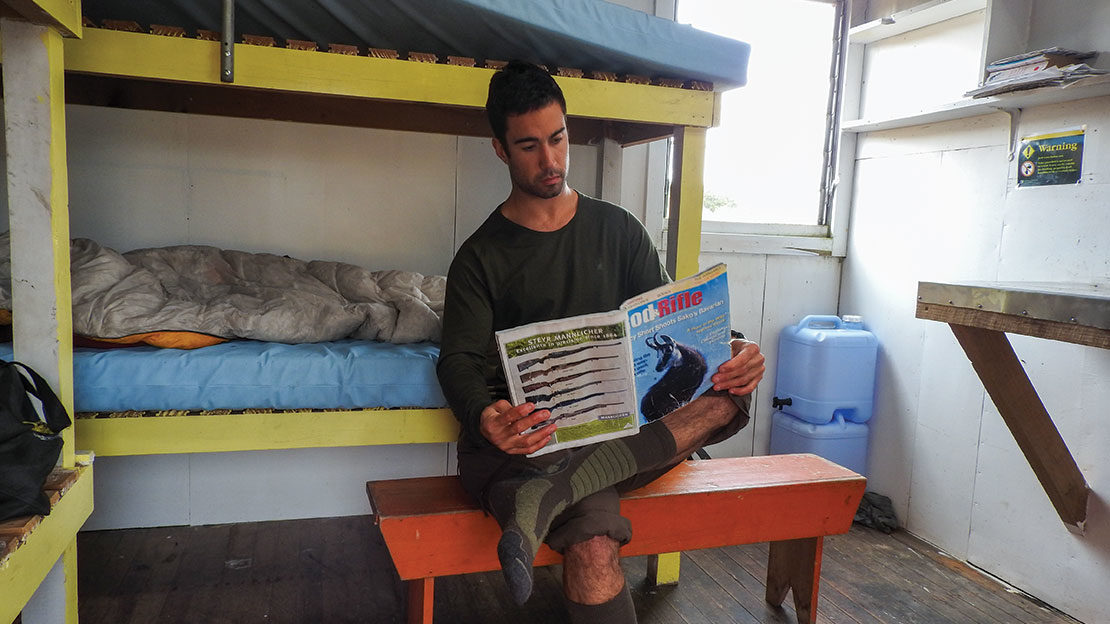
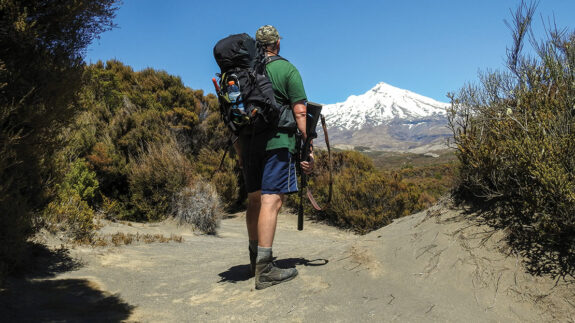
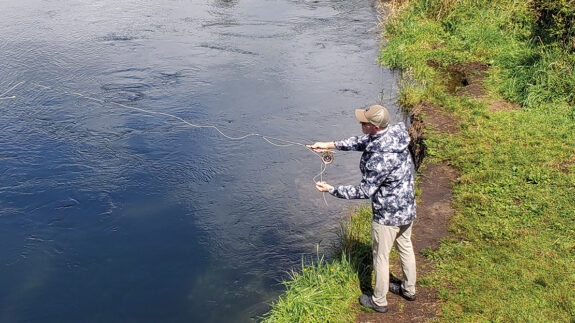

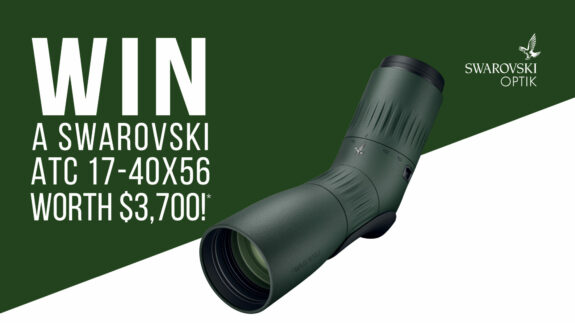
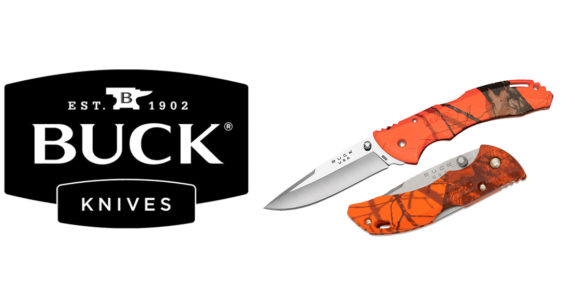
SHARE YOUR BEST PICS #NZRODANDRIFLE